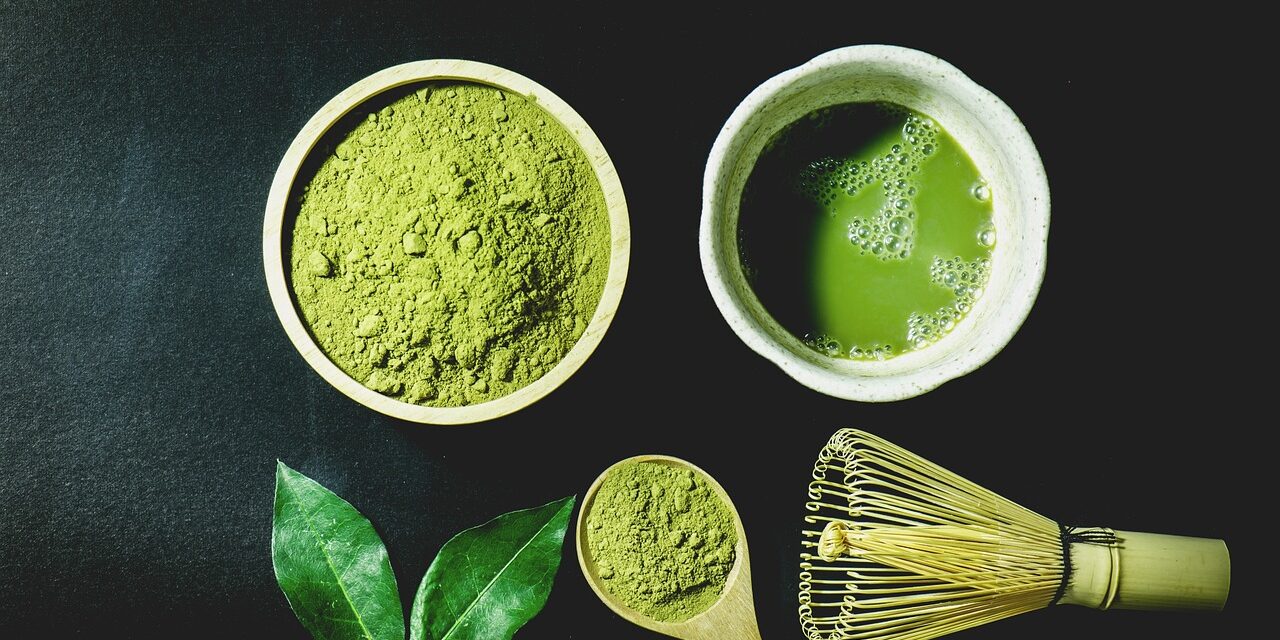Matcha tea, a finely ground powder made from specially cultivated and processed green tea leaves, has surged in popularity across the globe in recent years. This vibrant green beverage not only boasts a deep-rooted cultural significance in Japan but is also revered for its numerous health benefits and unique flavor profile. As tea enthusiasts and health-conscious consumers increasingly turn to matcha, it is essential to explore its historical context, preparation methods, and the fundamental differences between matcha and regular tea.
The origin of matcha can be traced back to the Tang Dynasty in China (618-907 AD), where tea was initially consumed in a compressed cake form. However, the practice of grinding tea leaves into a fine powder emerged in the Song Dynasty (960-1279 AD). By the time the practice made its way to Japan in the late 12th century, it had evolved into the intricate art form we recognize today. The Japanese Zen monks, notably Eisai, who introduced matcha to Japan, were instrumental in fostering its use as a meditative and spiritual beverage, linking it closely to the Zen Buddhist practices.
Matcha preparation involves shading the tea plants for three to four weeks before harvest, a method that significantly alters the chemical composition of the leaves. This shading process increases the levels of chlorophyll and amino acids, particularly L-theanine, an amino acid known for promoting relaxation without drowsiness. Following the harvest, only the youngest, tender leaves are picked, steamed to preserve their bright color and nutritional content, and then carefully dried. The leaves are finally ground into a fine powder, a process that can yield about 30 grams of matcha from a single tea plant. In contrast, regular tea involves steeping whole leaves or tea bags in hot water, extracting flavor and nutrients through infusion.
Nutritionally, matcha offers a potent concentration of antioxidants. The ORAC (Oxygen Radical Absorbance Capacity) value, which measures the antioxidant capacity of foods, reveals that matcha contains over 1,000 times the antioxidants found in regular green tea. This is largely due to the fact that consumers ingest the whole leaf when drinking matcha, allowing all the nutrients, including catechins and chlorophyll, to be absorbed into the body. In fact, matcha is significantly higher in EGCG (epigallocatechin gallate), a powerful antioxidant known for its metabolic and cardiovascular health benefits.
The health benefits of matcha have garnered considerable attention in recent years. Studies indicate that the consumption of matcha can enhance metabolism, aid in weight loss, and improve cognitive function. One particular study conducted by the University of California, Los Angeles (UCLA), demonstrated that the consumption of matcha significantly increased the levels of fat oxidation within 30 minutes of ingestion. Moreover, the calming yet alert state induced by L-theanine can assist in reducing stress and anxiety, further solidifying matcha’s status as a health-promoting beverage.
Flavor-wise, matcha presents a rich, umami character not typically found in conventional tea. Regular green tea tends to offer grassy or astringent notes, depending on its variety and brewing time. In contrast, matcha has a creamy, slightly sweet taste when whisked with water, making it versatile for culinary uses beyond tea. Chefs and food enthusiasts utilize matcha in a variety of dishes, from lattes and smoothies to pastries and savory dishes, showcasing its adaptability and appeal.
While both matcha and regular tea provide health benefits, the differences are rooted in production processes, flavor profiles, and consumption methods. Matcha stands alone as a powerhouse of antioxidants and unique taste, while traditional tea maintains its own distinctive qualities and cultural significance. In North America, the rise of matcha can be quantified through market trends; the matcha market was estimated to reach $4.5 billion by 2027, reflecting a remarkable 14% compound annual growth rate (CAGR).
In conclusion, matcha tea is more than a beverage; it is a cultural artifact steeped in centuries of Japanese tradition, a nutritional powerhouse, and a remarkable contender in the complex world of tea. As awareness grows surrounding its numerous benefits and unique characteristics, matcha has firmly established itself as a modern staple in the diet of health-conscious consumers. Understanding the intricacies of matcha not only enhances appreciation for this unique tea but also opens up deeper insights into the broader spectrum of tea culture and health.

